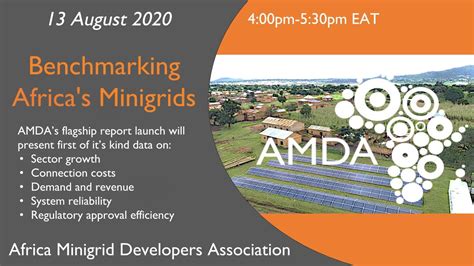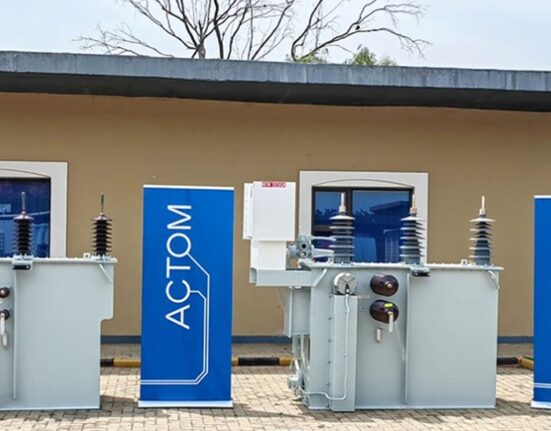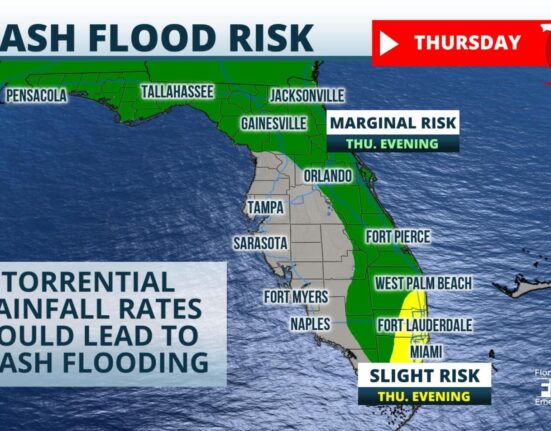Mini-grids play a crucial role in providing electricity to regions in Africa that are starved for energy. The capital expenditure (CAPEX) required to deploy these mini-grids in Sub-Saharan Africa is nearly three times higher than the global benchmark, standing at an average of $6,824 per kWp compared to the global average of $3,000 per kWp. This significant cost disparity poses challenges but also presents opportunities for growth and development in the region.
The Situation in Sub-Saharan Africa
As of 2023, approximately 600 million people in Sub-Saharan Africa lack access to electricity, representing a staggering 80% of the global population without this basic necessity. The high deployment costs of mini-grids have hindered efforts to improve energy access and bridge this gap effectively.
The third edition of the Benchmarking Africa’s Minigrids (BAM) Report by the Africa Minigrid Developers Association (AMDA) sheds light on the growth, challenges, and opportunities within the mini-grid sector on the African continent. While there have been global reductions in mini-grid costs due to technological advancements, deployment costs remain elevated in Sub-Saharan Africa compared to other regions.
Expert Insights and Analysis
According to industry experts, factors such as logistics, low population density in certain geographic areas, and lower projected demand contribute to higher development costs for mini-grids in Africa. Efforts are underway to enhance efficiencies within the supply chain, improve economies of scale, and address tax policies related to solar PV components—all aimed at driving down CAPEX expenses further.
Anita Otubu, Senior Director at Sustainable Energy for All (SEforAll), emphasized that benchmarking real-world data from developers provides valuable insights into operational performance and investment trends. She highlighted how alternative financing mechanisms are gaining traction as more mini-grids are deployed across Africa.
Trends & Opportunities Shaping the Mini-Grid Sector
The AMDA report identifies six key trends shaping Africa’s mini-grid sector:
1. Market Maturity & Investment Hotspots: Nigeria has emerged as a leading market due to its conducive policies and availability of large-scale funding.
2. CAPEX Reduction: Despite a 20% decrease between 2020 and 2024, regional cost disparities persist.
3. Diversifying Financing Models: Innovations like blended finance and extended credit are critical for unlocking commercial capital.
4. Regulatory Bottlenecks: Streamlining regulatory approvals is essential for sector growth.
5. Economic Growth Driver: The mini-grid sector has created over 6,200 jobs within four years.
6. Mission 300 & Scalability: Strengthening financing mechanisms is crucial for expanding Distributed Renewable Energy (DRE).
A Vision for Future Progress
During the report launch event, CEO Olamide Niyi-Afuye stressed that accelerating progress towards universal electrification requires intensified efforts from governments, investors, and industry stakeholders. With actionable recommendations based on data-driven insights from real-world experiences, there is a collective aim to propel minigrid expansion across Africa’s energy landscape.
As countries strive towards achieving universal electrification goals set forth by organizations like the World Bank—such as targeting 160,000 mini-grids—the need for innovative approaches becomes increasingly imperative.
Africa’s journey towards enhancing energy access through solar mini-grids holds immense promise not just for meeting immediate electricity needs but also for fostering sustainable socio-economic transformation across underserved communities.









Leave feedback about this